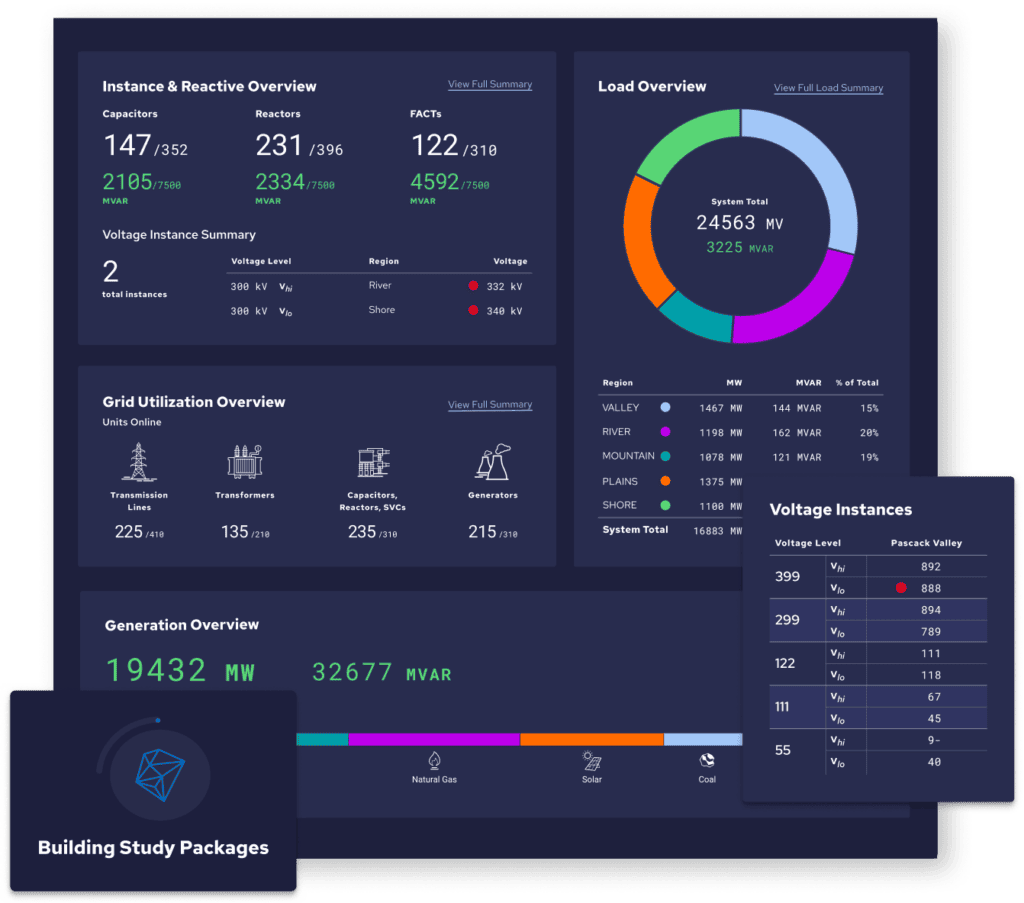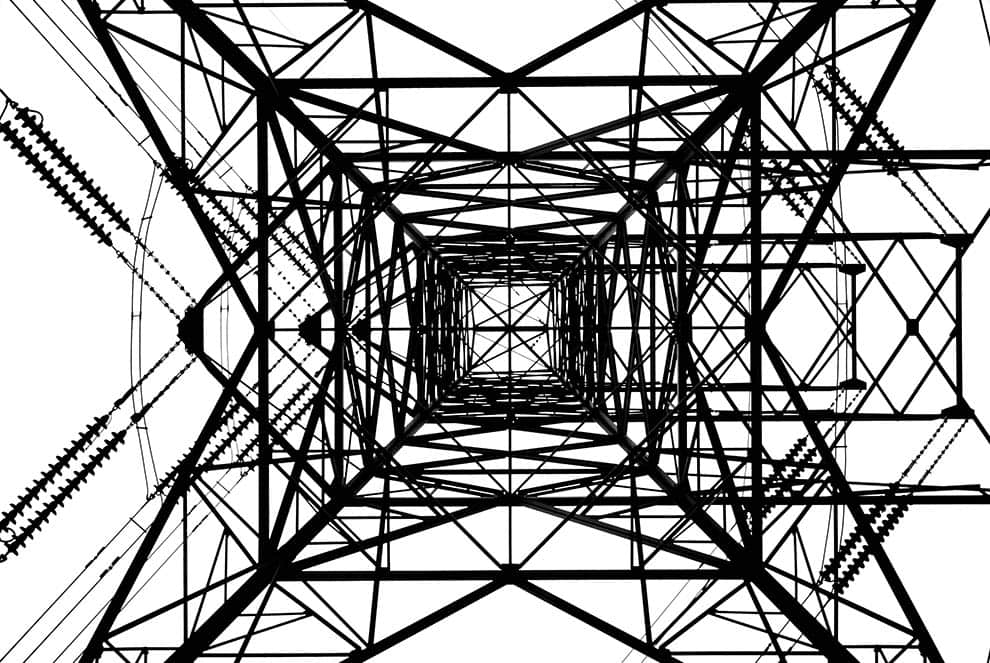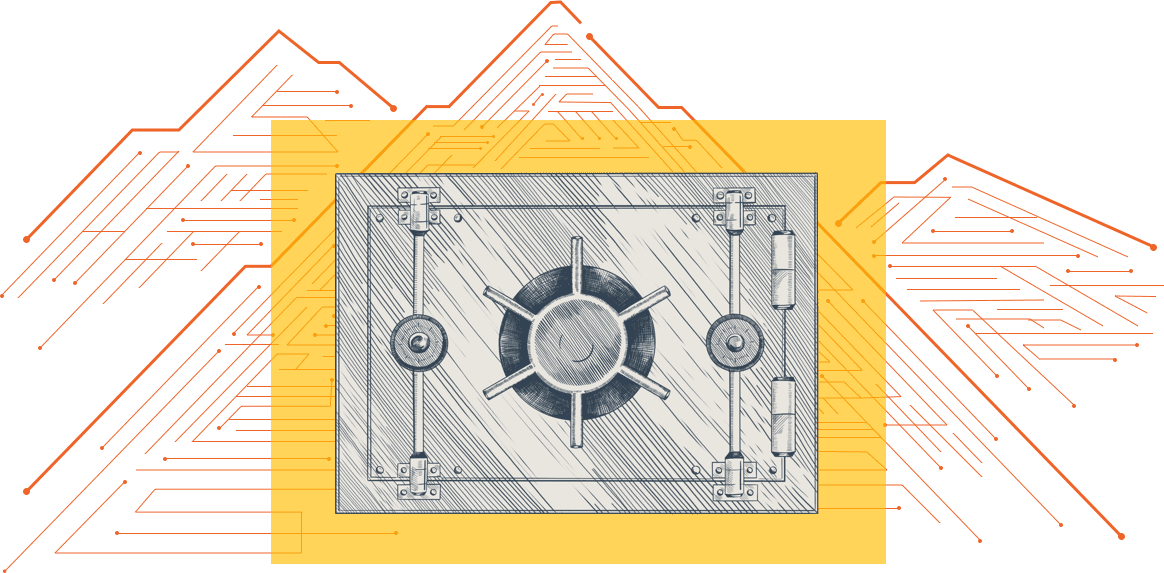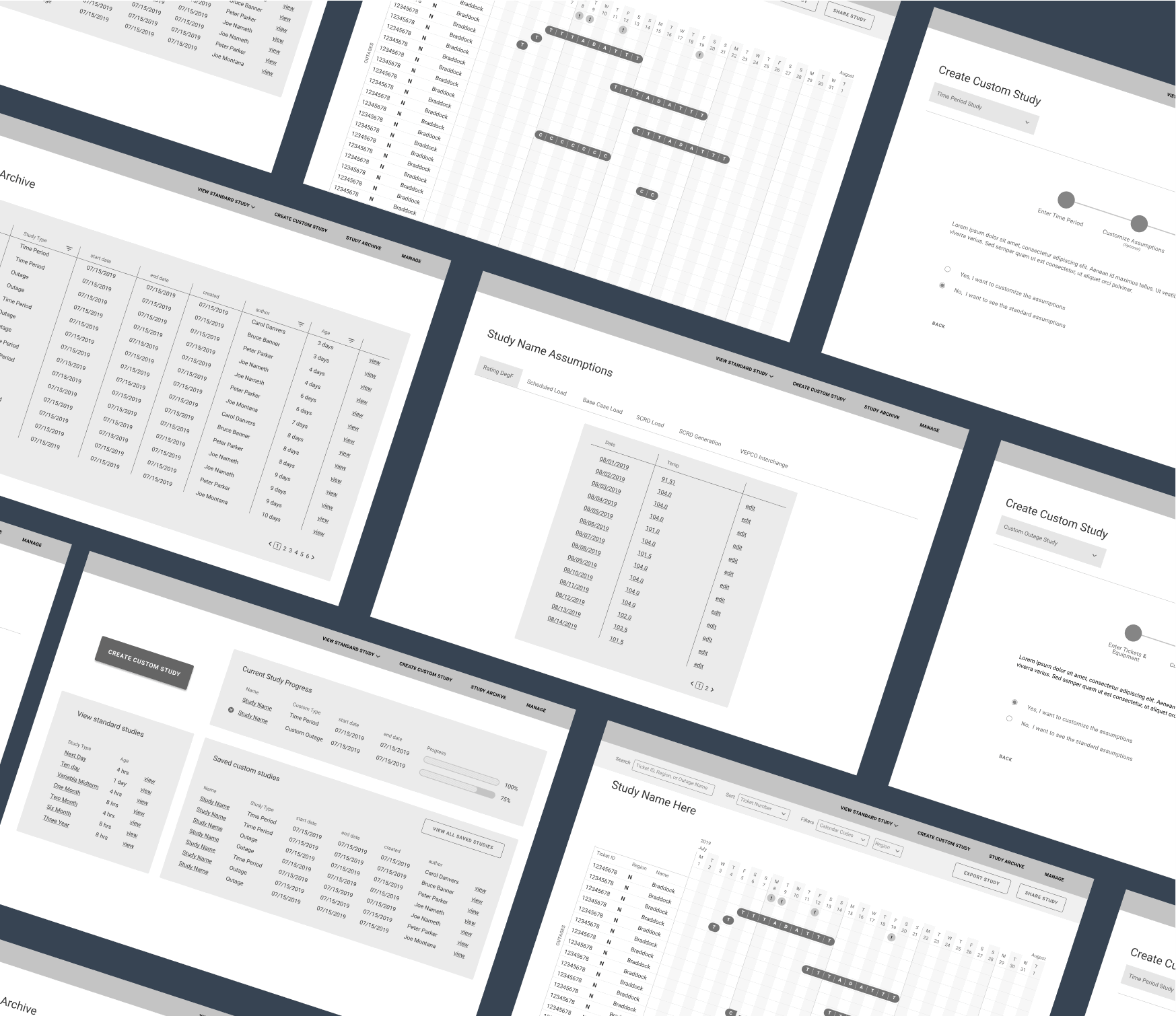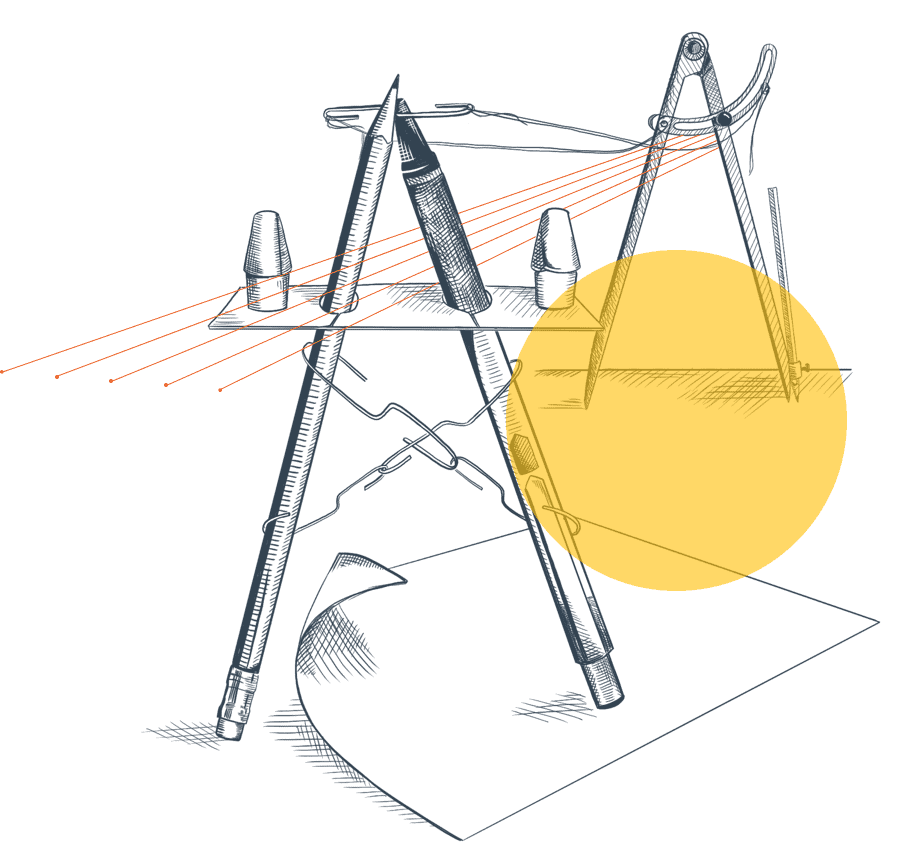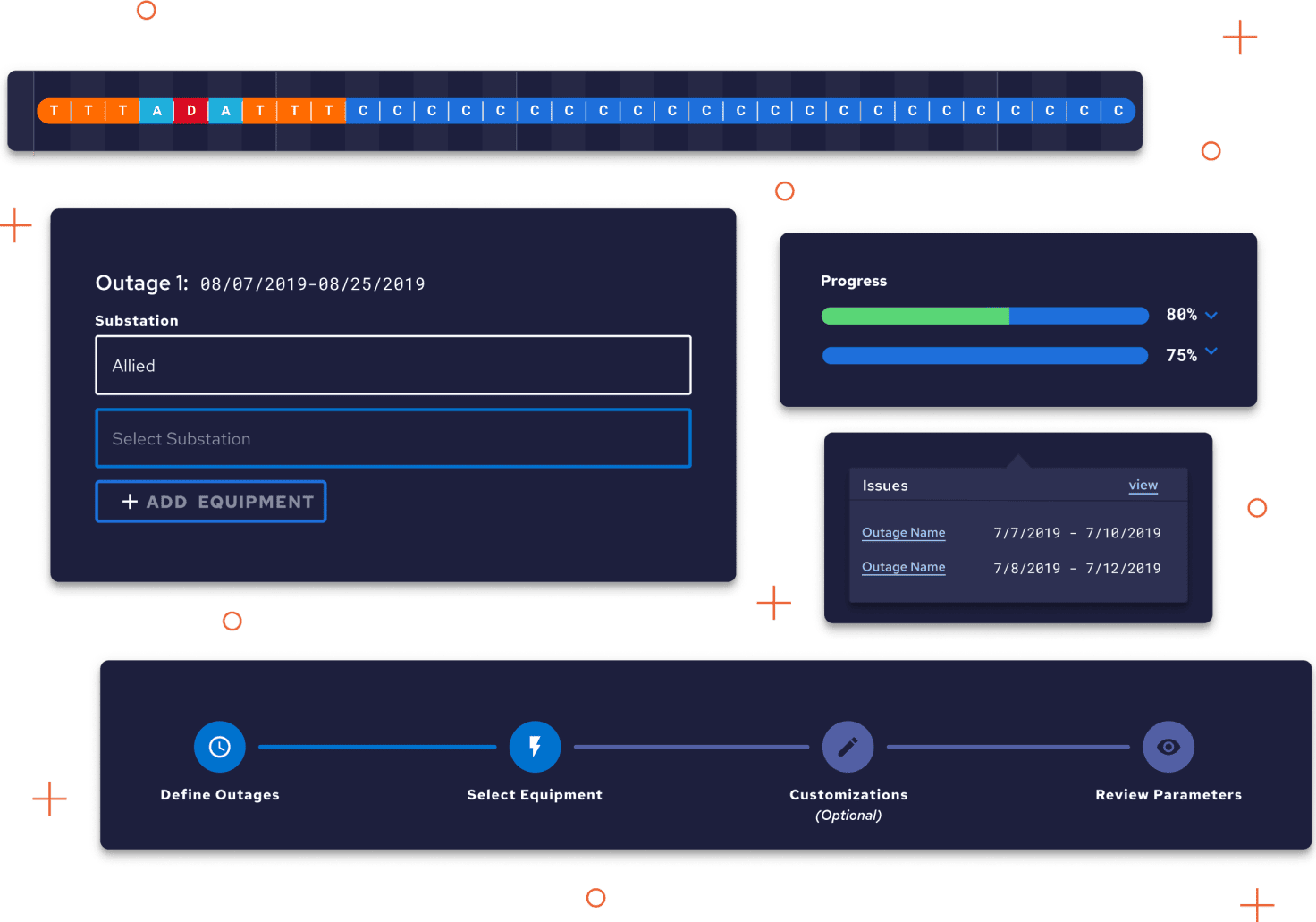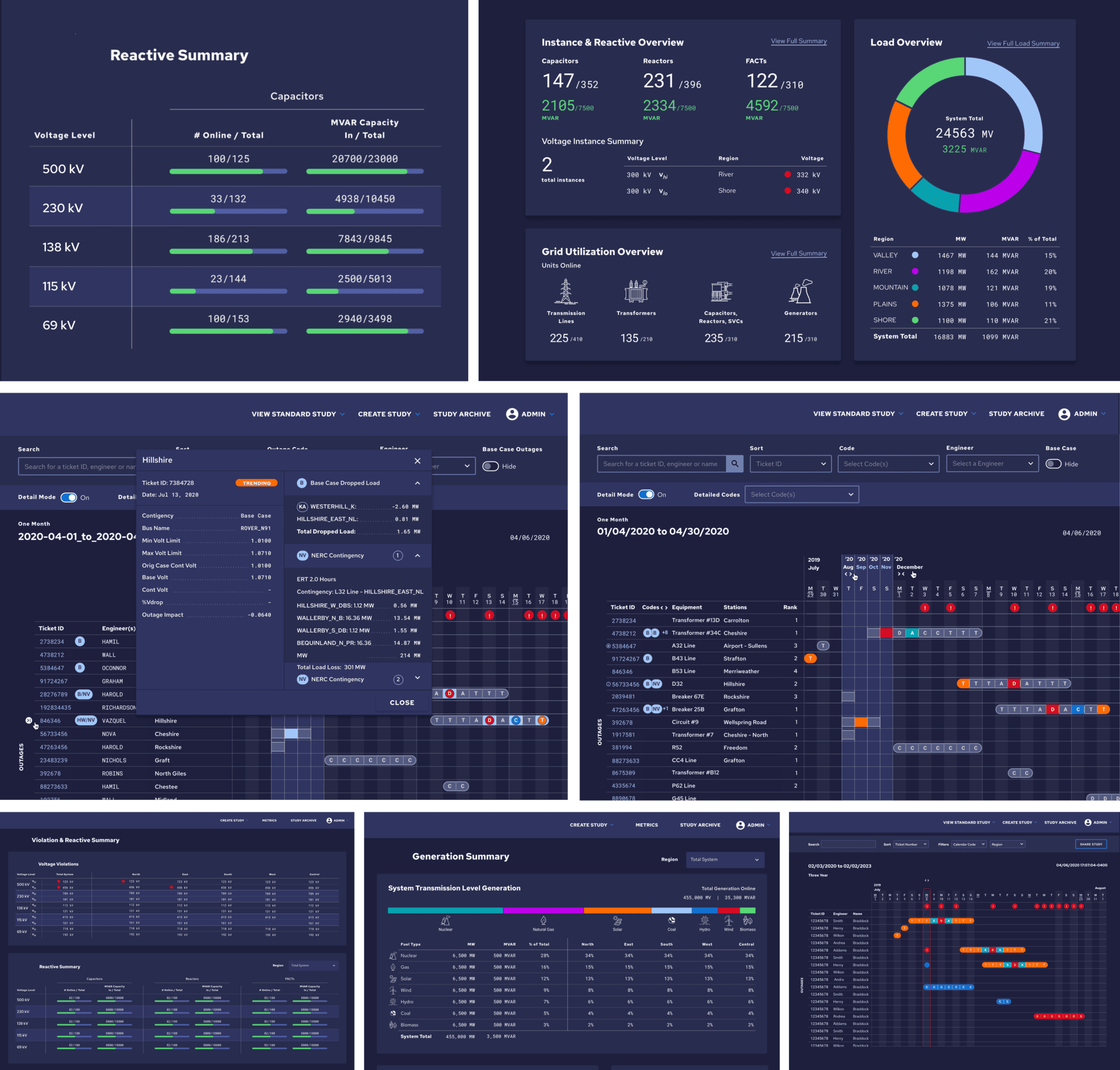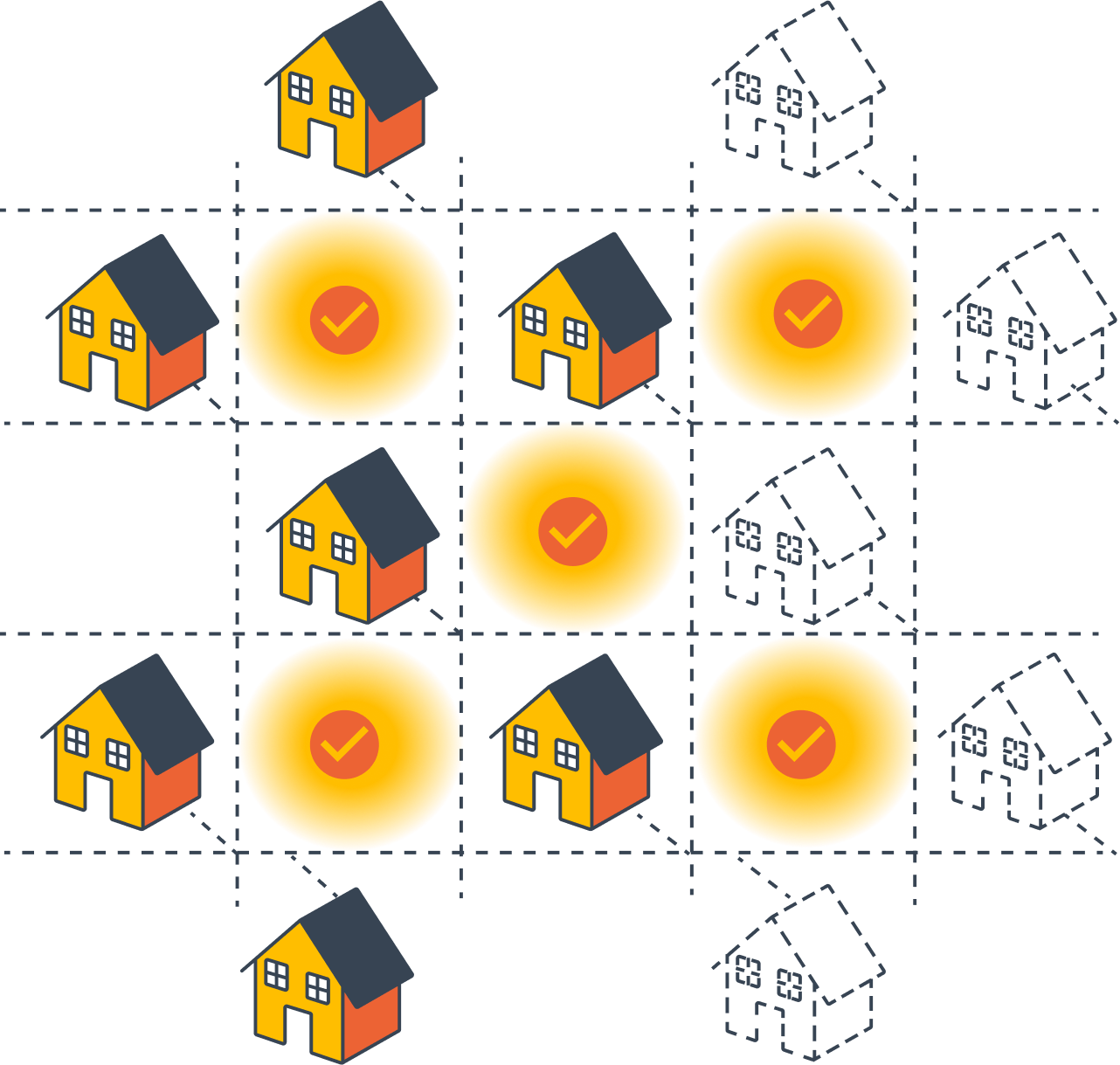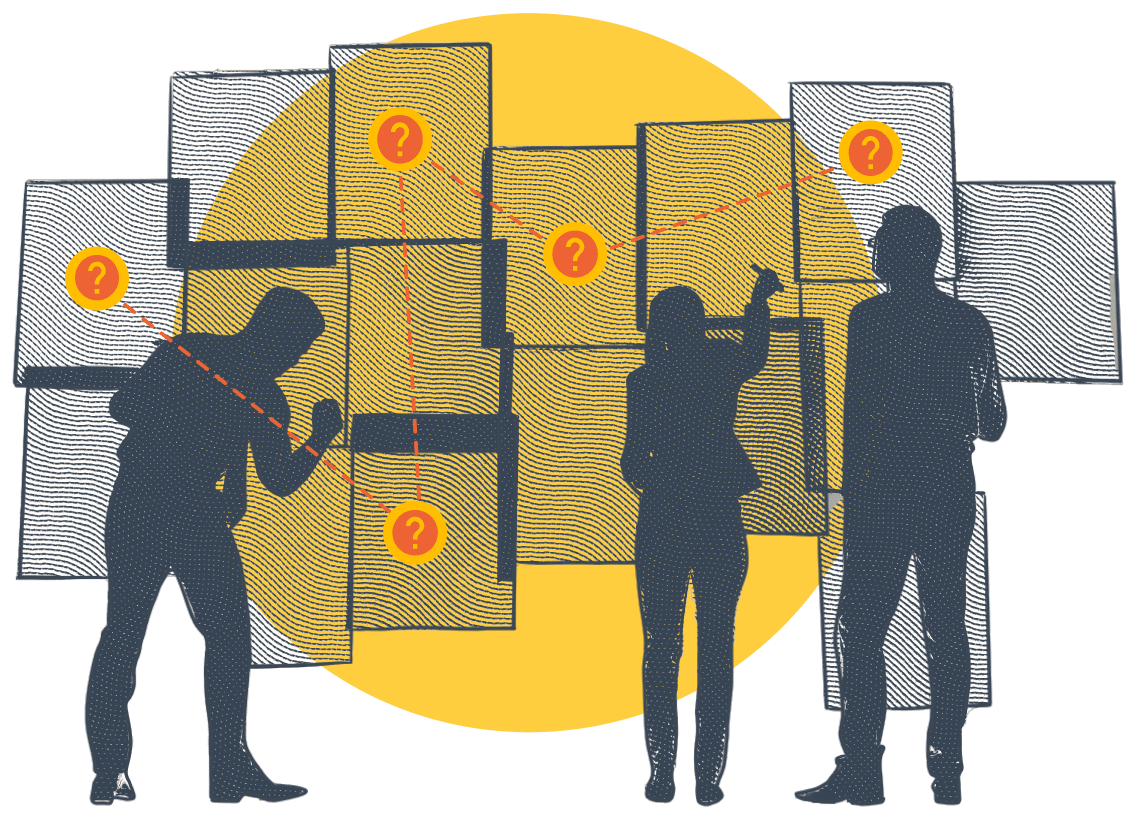Our utility client maintains a power grid that delivers energy to millions of customers.
Their equipment, be it a transformer, transmission line, or substation, must occasionally be taken offline for regular maintenance. Major system maintenance is an expensive, highly-regulated process, and is often scheduled years in advance. An unforeseen or late-breaking issue can set off a cascade of delays, and expensive rescheduling and relocating of both crews and equipment.
